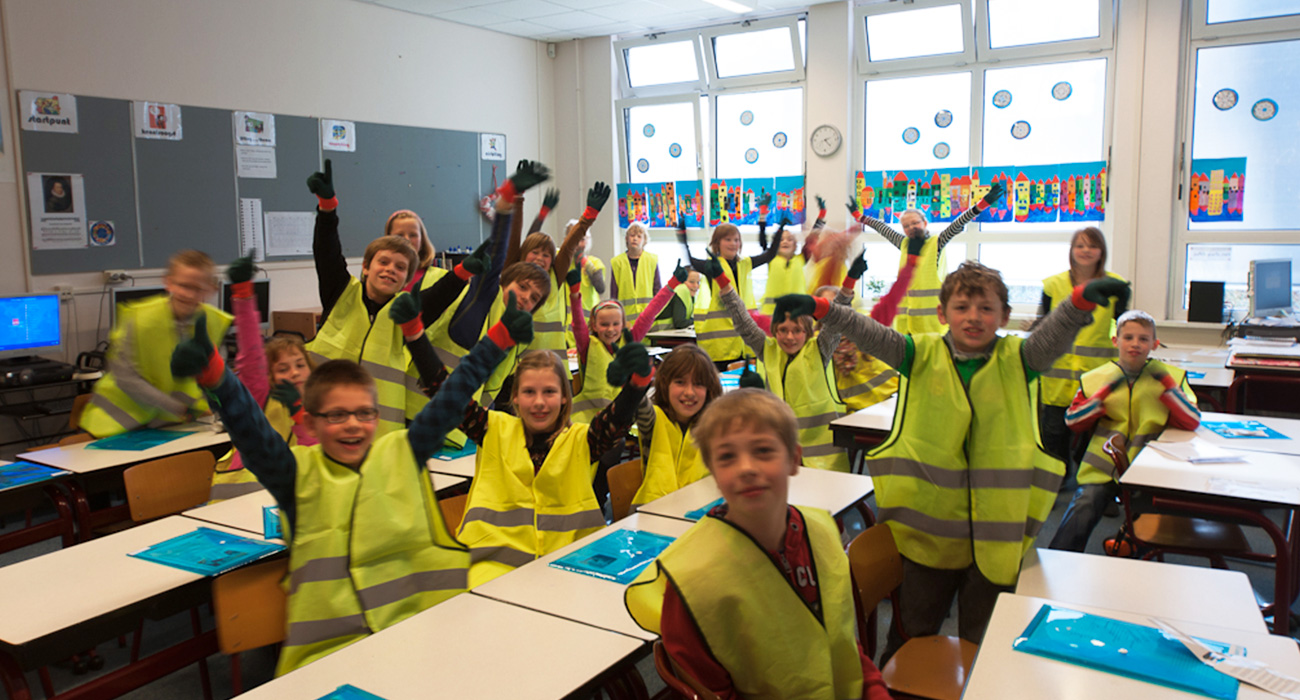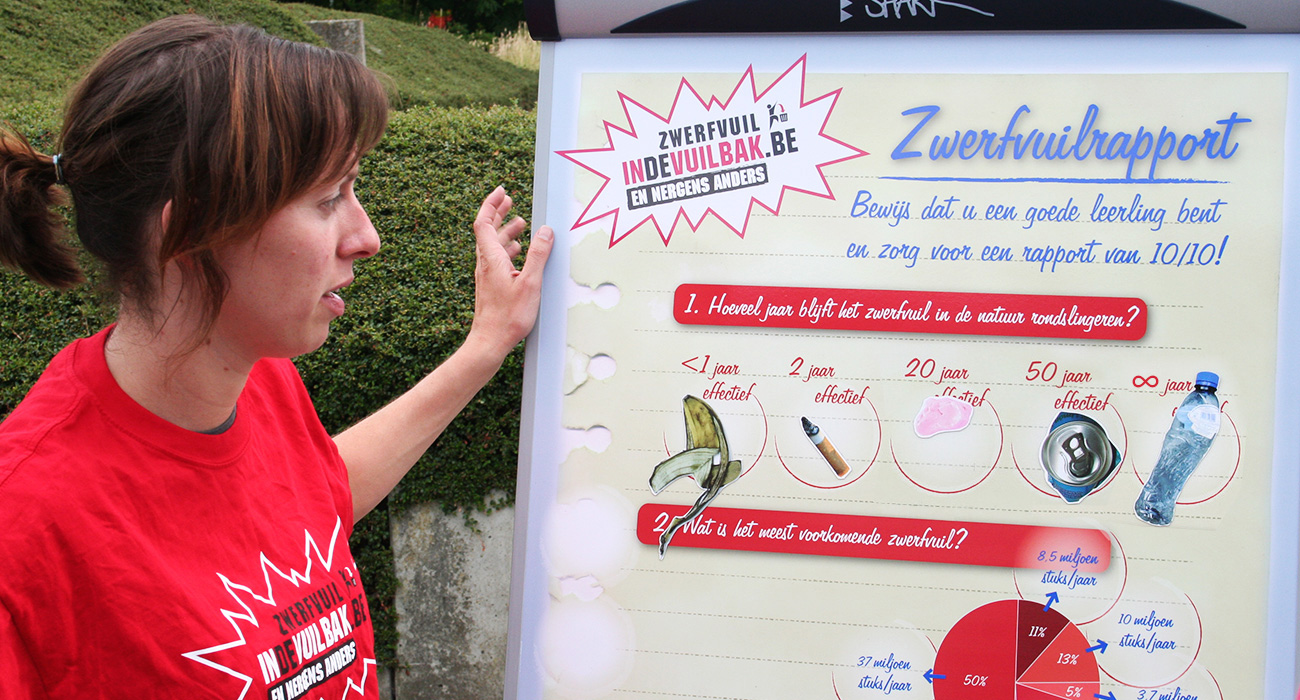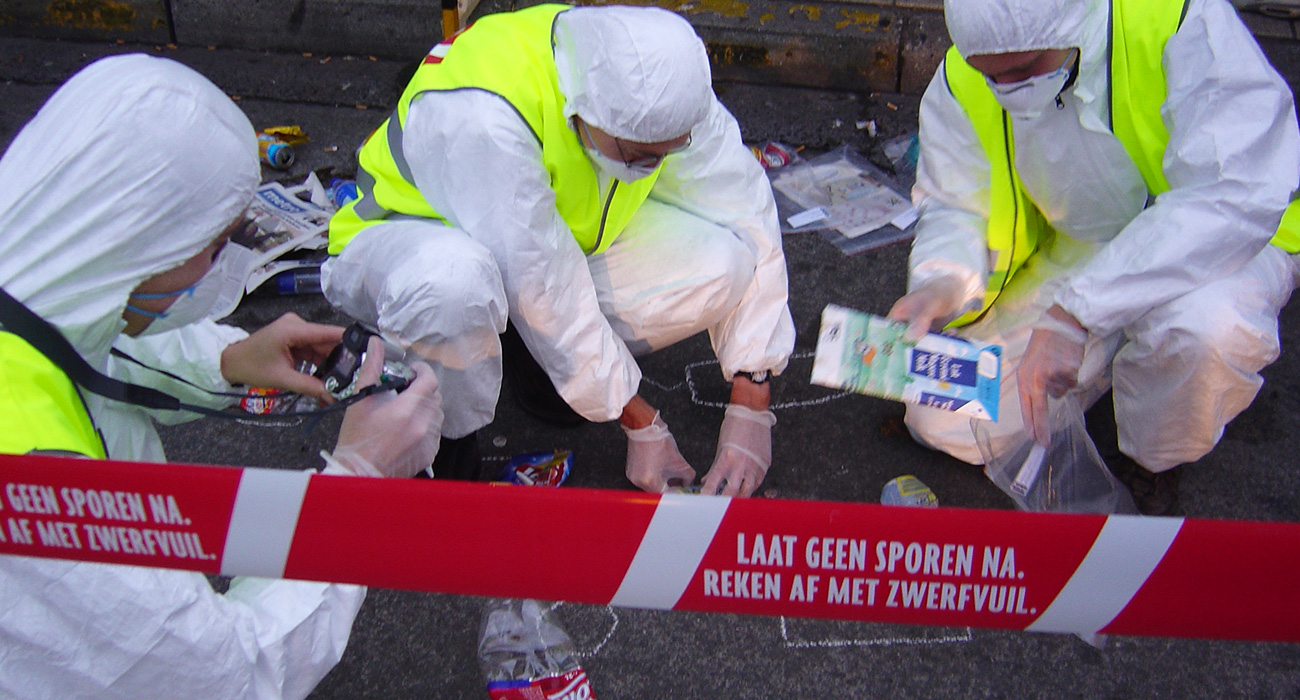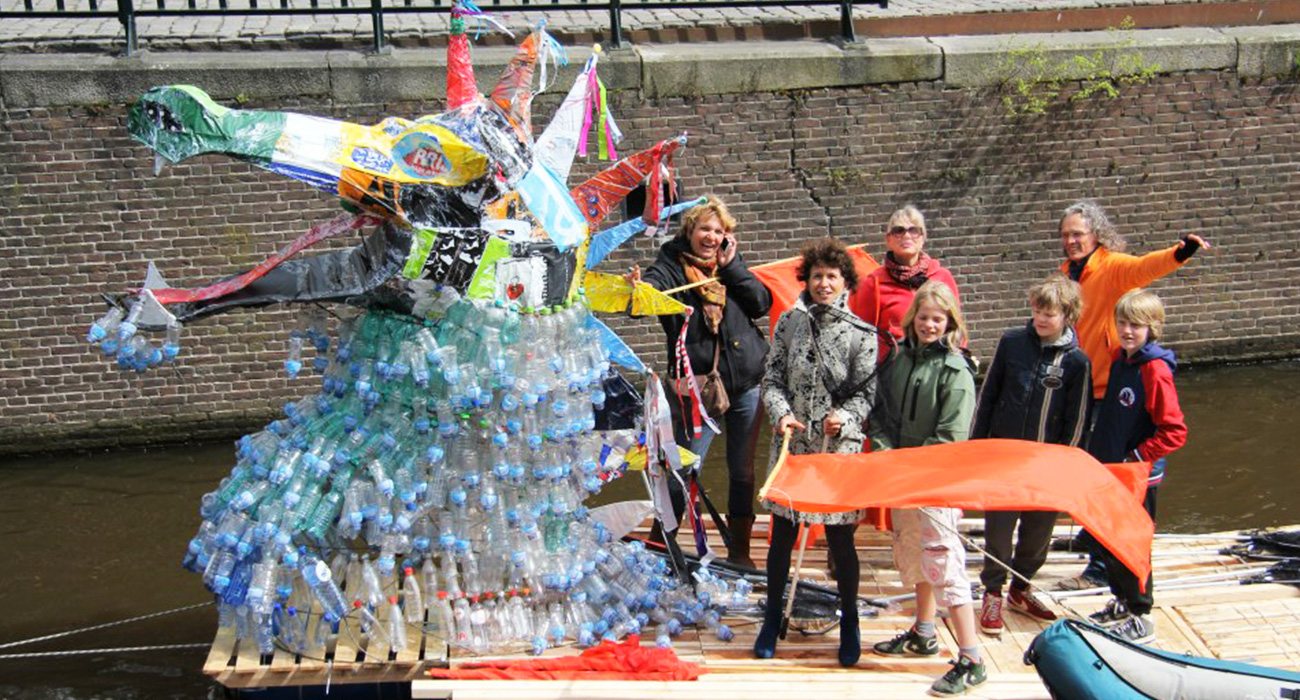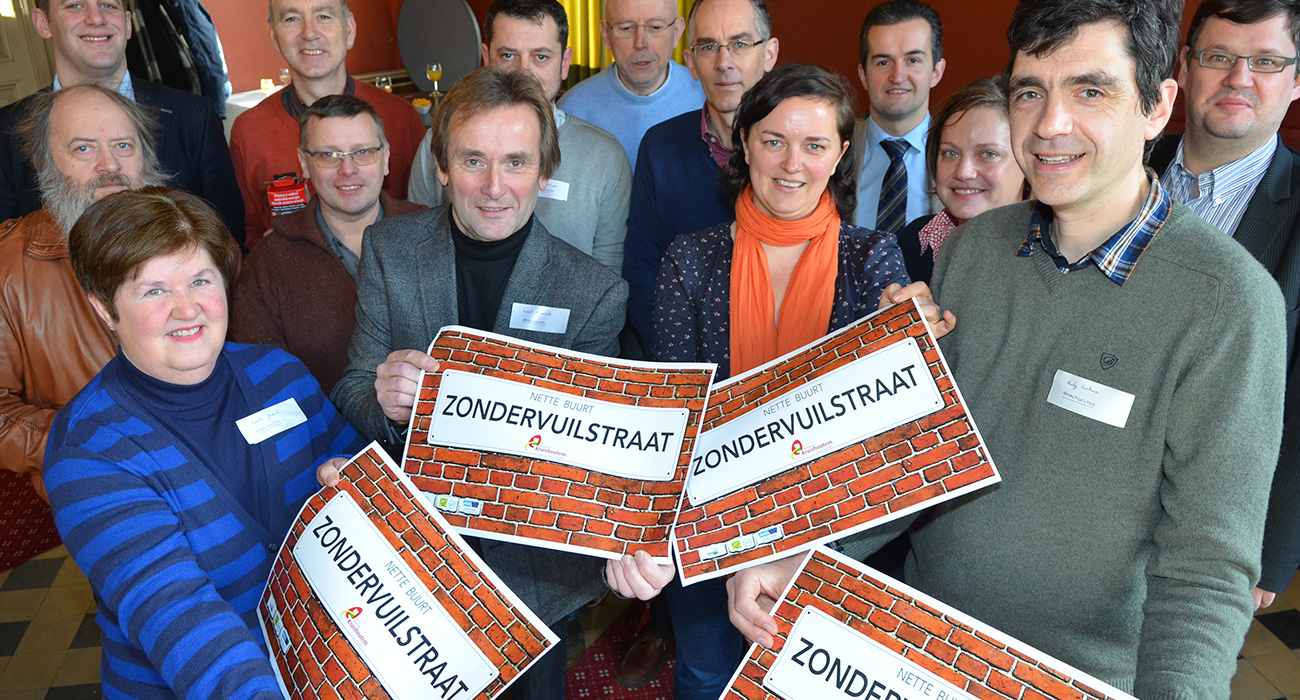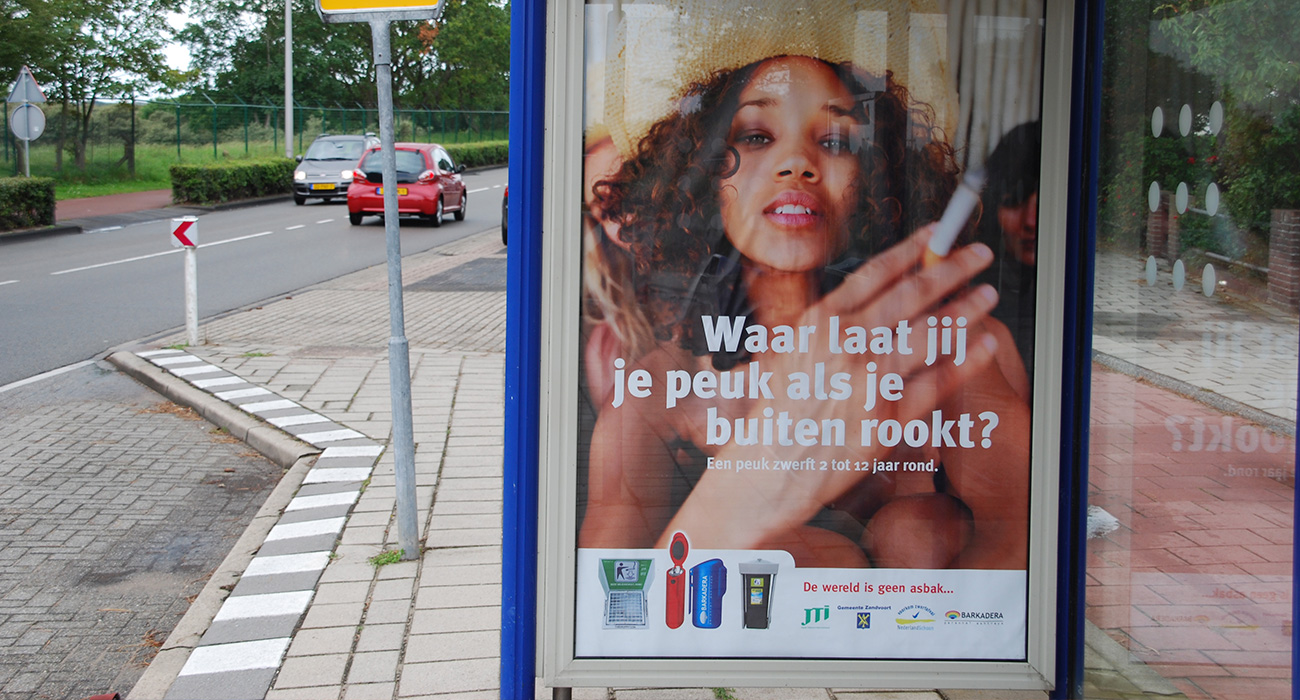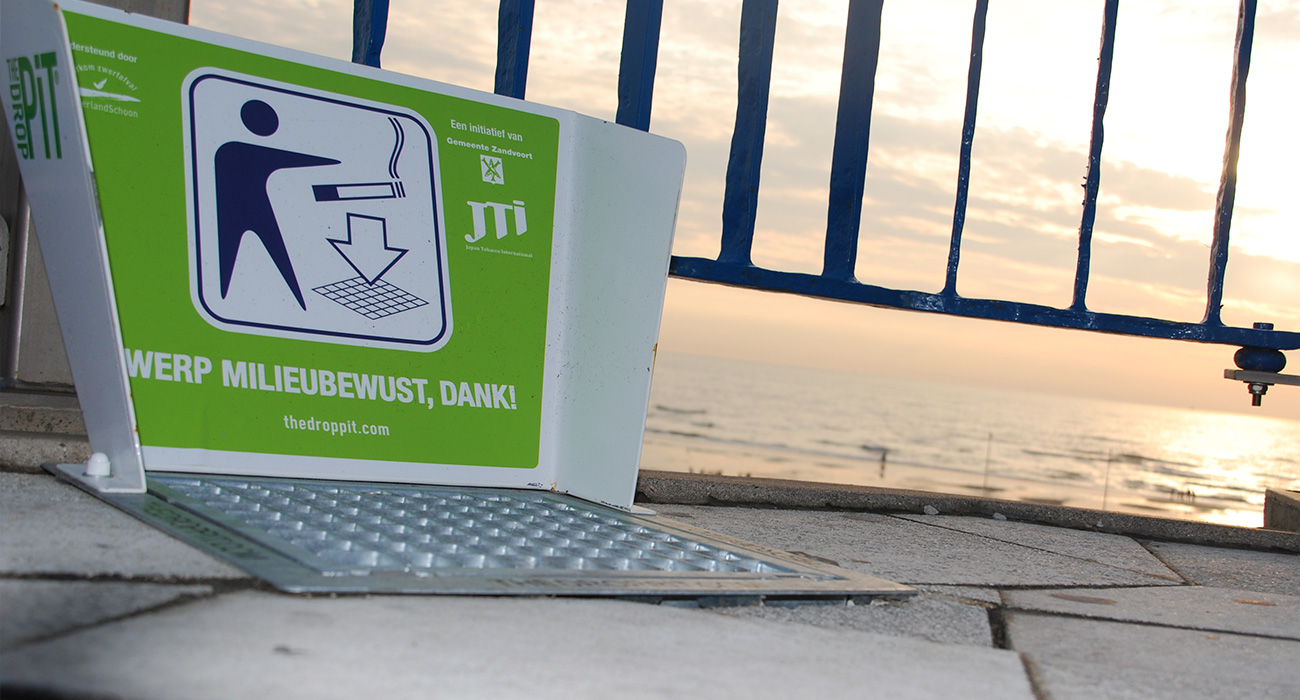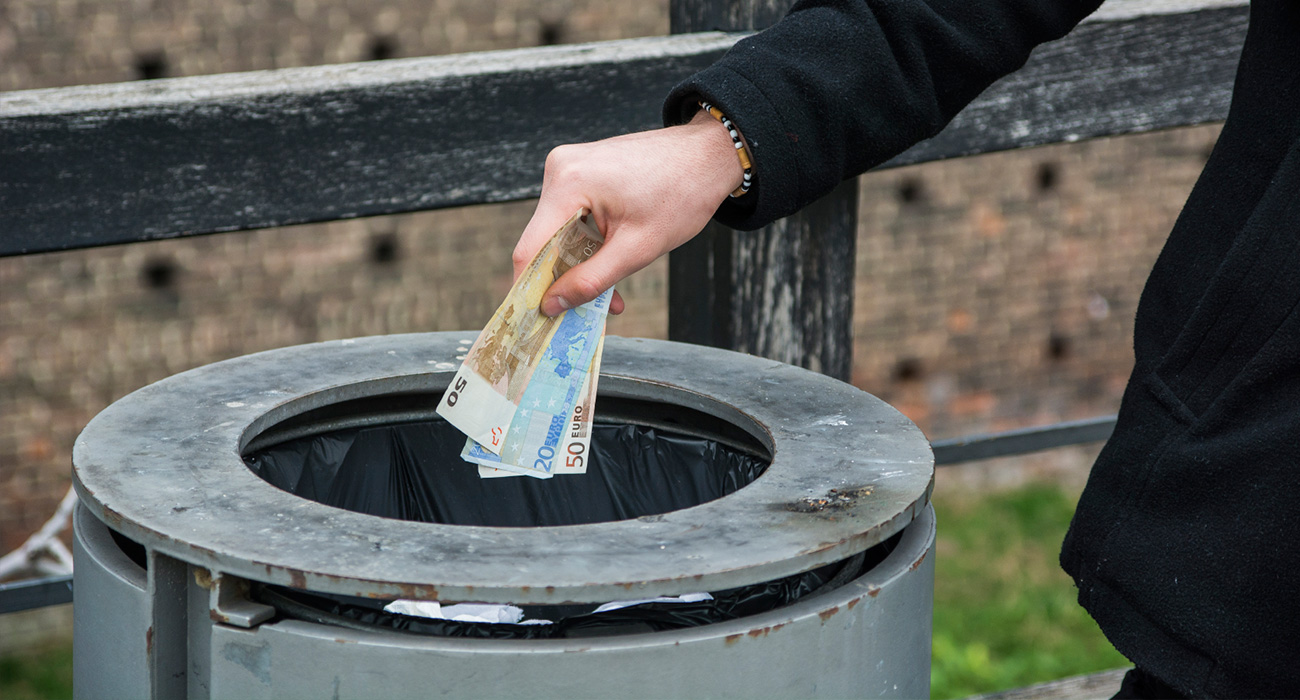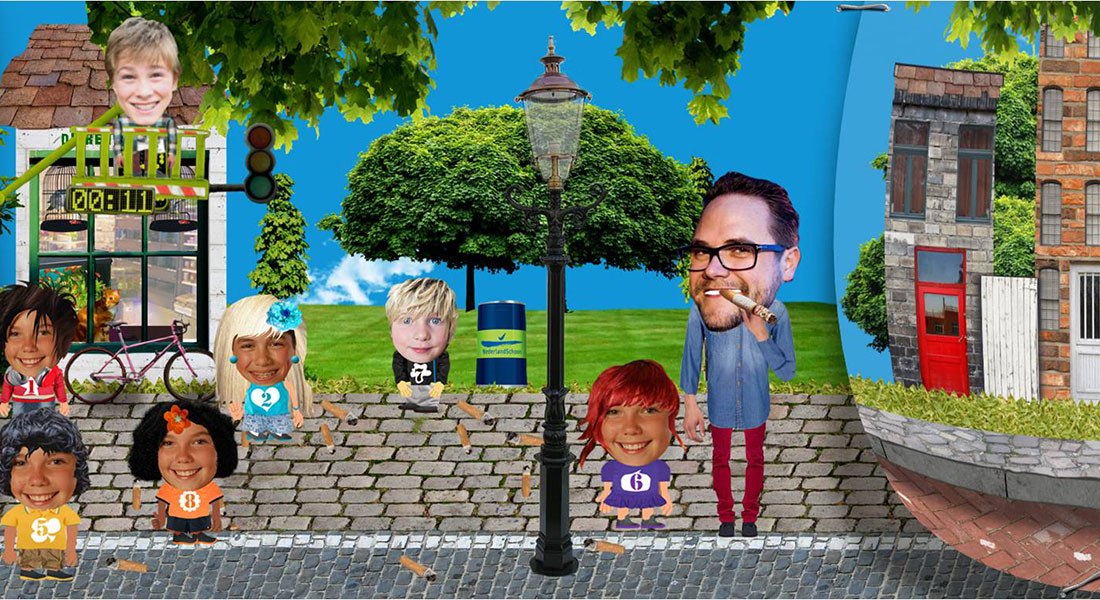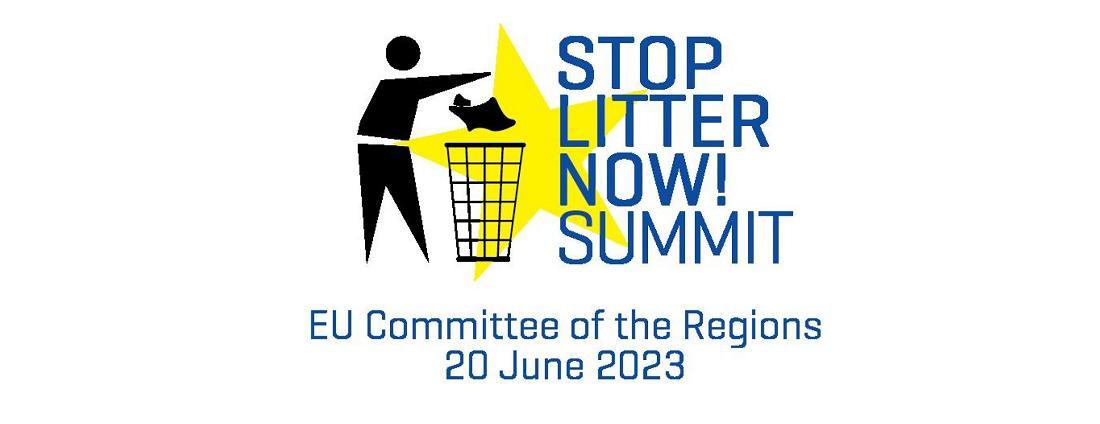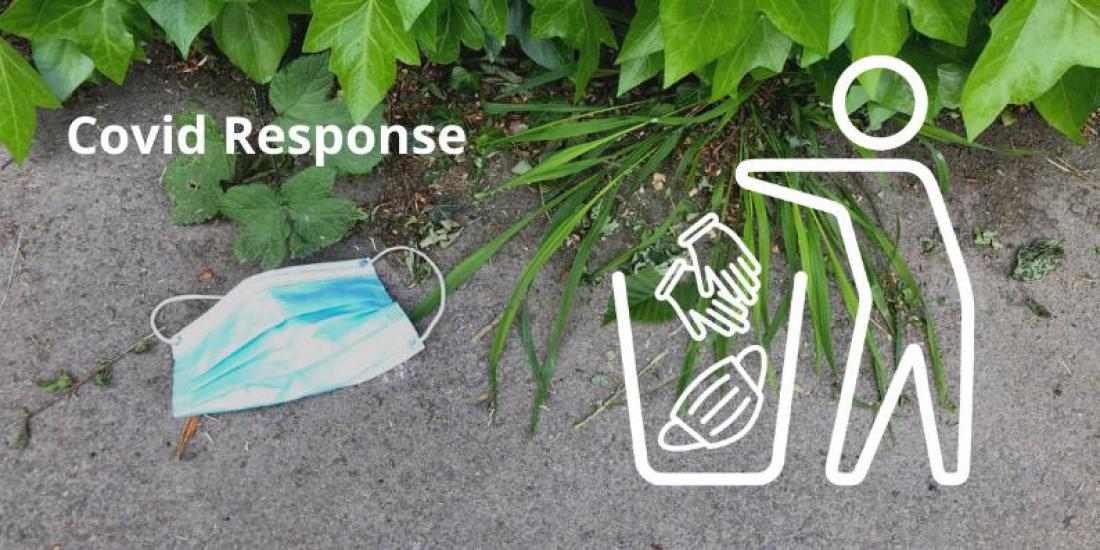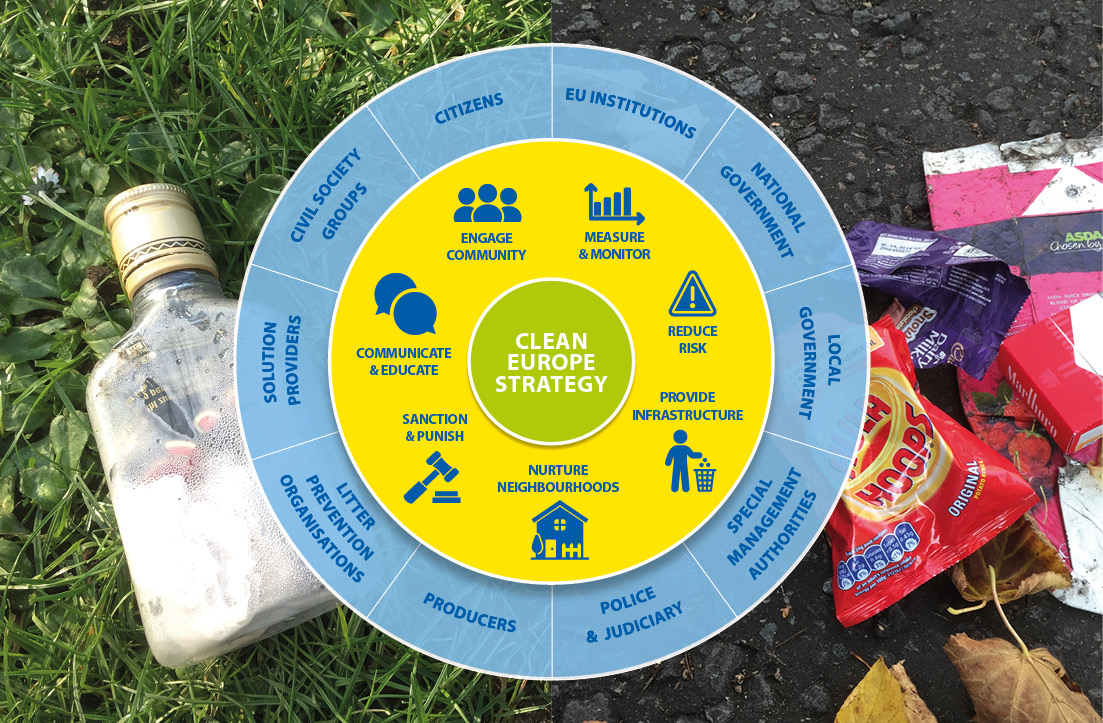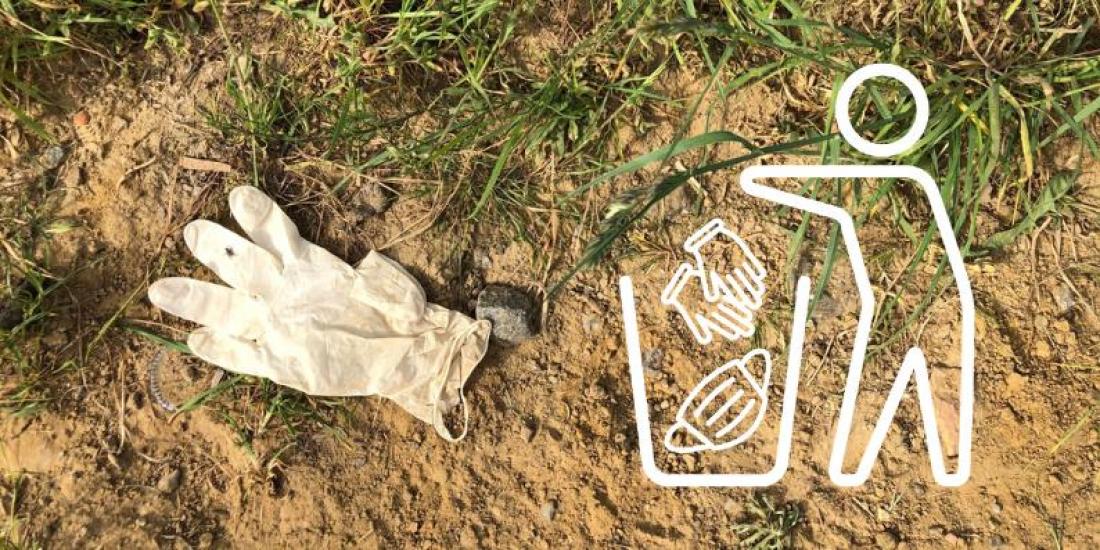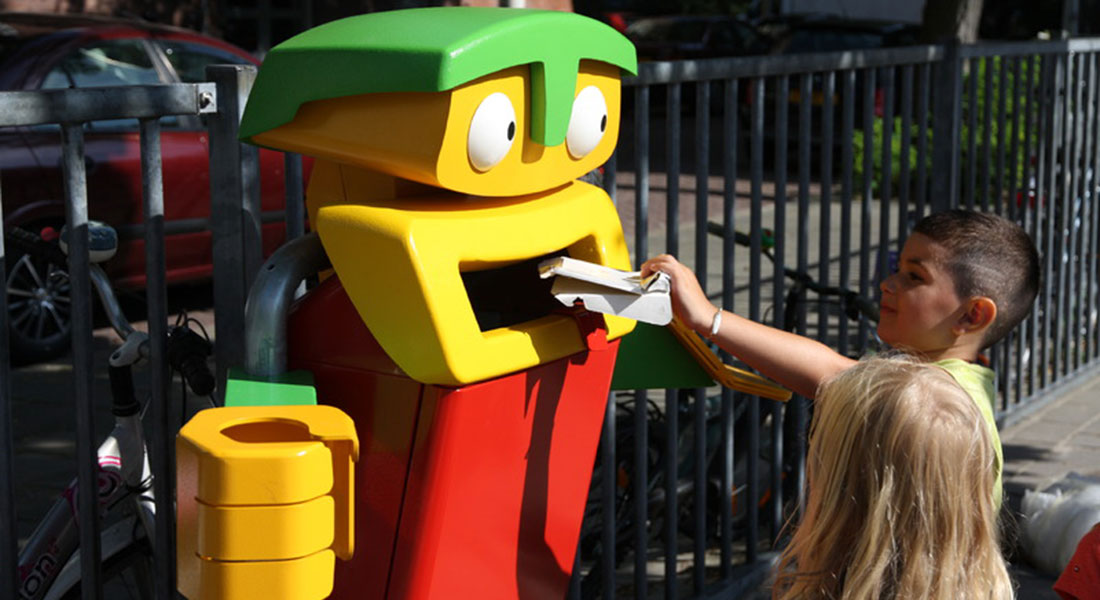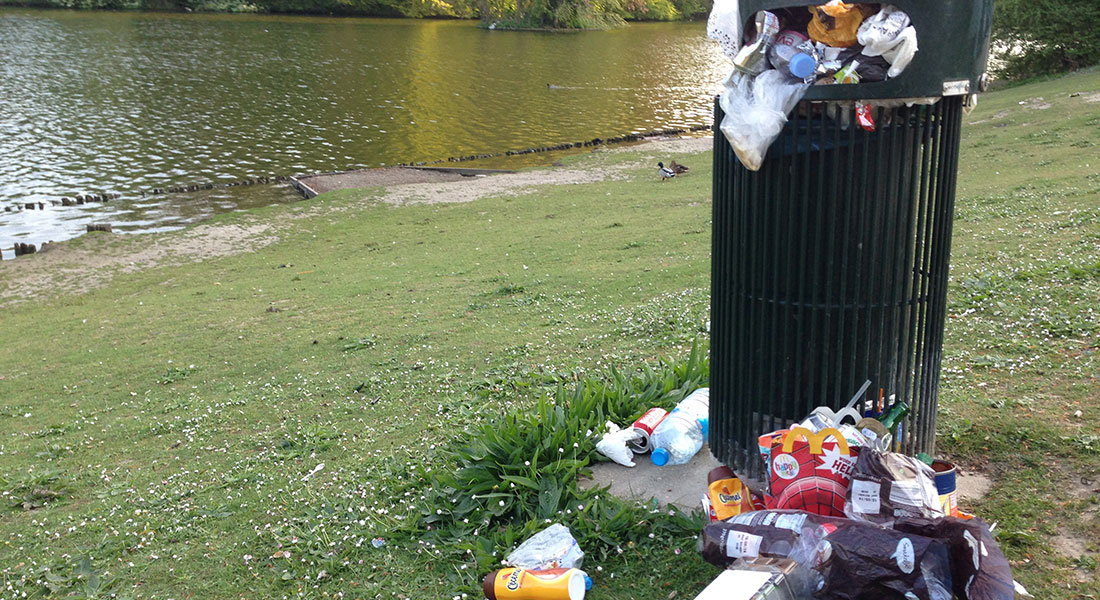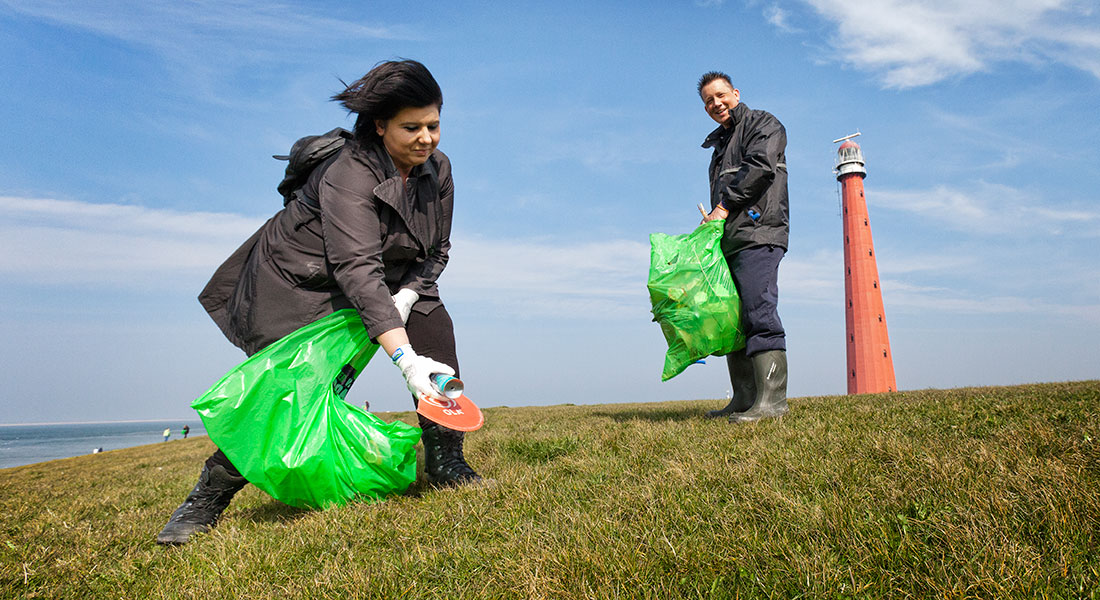
Measuring litter
Members of the Clean Europe Network are working together to develop a common approach to measuring litter, which could in due course be used all across Europe including in countries where litter measurement has not been carried out before. A common way of measuring litter would allow everyone to have a better understanding of the scale of the problem across Europe and would make it easier to come up with solutions that can be replicated from place to place.
This common European litter measurement system is designed to provide data to support effective policy making at EU and National level on litter management. The system will also support litter control and reduction programmes within our cities and identify where action is needed to drive behaviour change.
What is being assessed?
- Determine which individual litter types and how much litter is present in locations being surveyed
- Determine the degree of cleanliness of the locations that are surveyed
- Gather a basic understanding of the public’s attitude towards litter locally
The methodology is design to be flexible to accommodate the needs of all users, both in terms of resource availability and statistical output. With this in mind, a modular approach has been chosen to allow individual users the freedom to choose which elements would best fit.
Module 1 (Grading)
This method requires the lowest amount of resources to execute while still providing high quality statistical output. This allows users to evaluate how littered their local area is and identify which areas need to be more closely monitored by grading a scene according to the amount of litter and the types of litter, from A to F.
Module 2 (Counting)
This method allows users to rigorously and sytematically count the number of littered items and identify litter types on a given scene.
Module 3 (Perception)
This method consists of a public perception questionnaire, which allows users to ask three questions of citizens in a given area and deduce how clean people think the selected area is (in a comparable way).
This is valuable information; the perception of cleanliness by citizens may sometimes differ from the results obtained through Module 1 and 2. In fact, Module 3 should only be applied when linked with one of the two other Modules.

